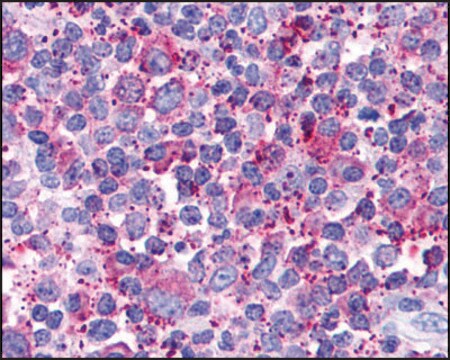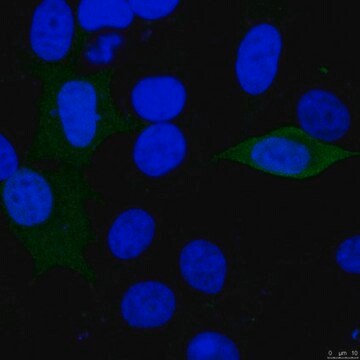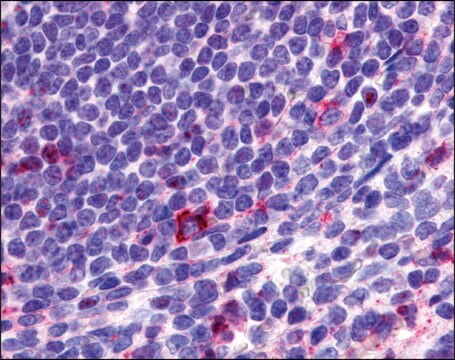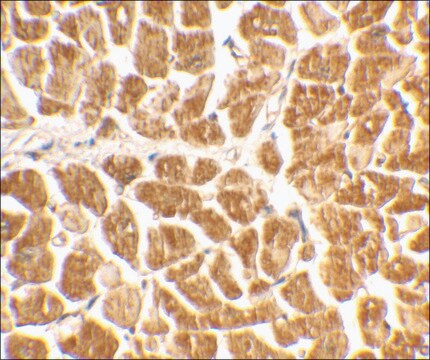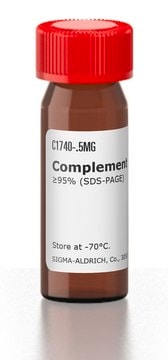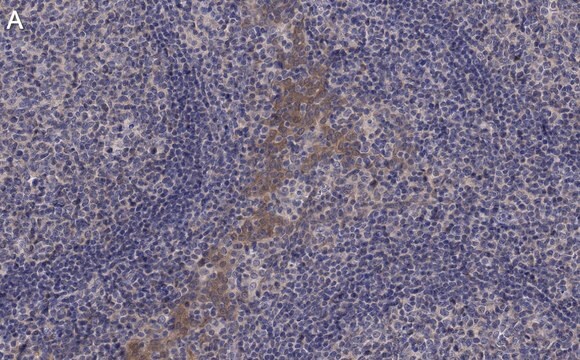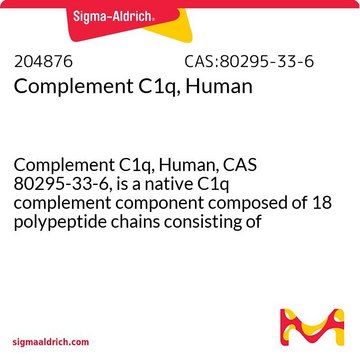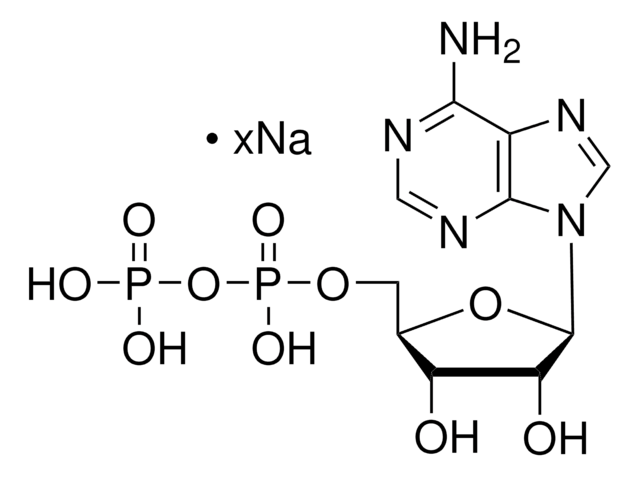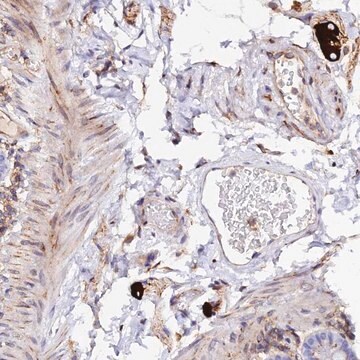ABN83
Anti-Vesicular Nucleotide Transporter (VNUT Antibody)
serum, from guinea pig
Synonym(s):
Solute carrier family 17 member 9
About This Item
Recommended Products
biological source
guinea pig
Quality Level
antibody form
serum
antibody product type
primary antibodies
clone
polyclonal
species reactivity
mouse, rat
technique(s)
immunofluorescence: suitable
western blot: suitable
NCBI accession no.
UniProt accession no.
shipped in
dry ice
target post-translational modification
unmodified
Gene Information
mouse ... Slc17A9(228993)
rat ... Slc17A9(362287)
General description
Specificity
Immunogen
Application
Western Blotting Analysis: A 1:500 dilution from a representative lot detected purified full-length recombinant VNUT, as well as endogenous VNUT in mouse retina extract (Courtesy of Dr Erica Fletcher, The University of Melbourne, Australia).
Immunofluorescence Analysis: A 1:1000 dilution from a representative lot immunostained VNUT-positive neurons in the substantia nigra (SN) by fluorescent immunohistochemistry staining of 4% paraformaldehyde-fixed, free-floating mouse brain cryosections (Courtesy of Dr. Erica Fletcher, The University of Melbourne, Australia).
Immunofluorescence Analysis: A representative lot immunostained tyrosine hydroxylase-/TH-positive amacrine/interplexiform cell (IPC) type in the inner nuclear layer (INL) by fluorescent immunohistochemistry staining of 4% paraformaldehyde-fixed, OCT-embedded mouse and rat vertical retinal cryosections, as well as flatmounted mouse retina (Ho, T., et al. (2015). Front. Cell. Neurosci. In Press).
Immunofluorescence Analysis: A representative lot immunostained tyrosine hydroxylase-/TH-positive dopaminergic neurons in the substantia nigra (SN) and ventral tegmental area (VTA) by fluorescent immunohistochemistry staining of 4% paraformaldehyde-fixed, free-floating mouse brain cryosections (Ho, T., et al. (2015). Front. Cell. Neurosci. In Press).
Western Blotting Analysis: A representative lot detected the ~75 kDa and ~50 kDa X1/X2 VNUT isoforms in murine retinal and cortical homogenates, while no VUNT expression was detected in kidney homogenate. Immunogen peptide blocking abolished target bands detection (Ho, T., et al. (2015). Front. Cell. Neurosci. In Press).
Neuroscience
Developmental Neuroscience
Quality
Western Blotting Analysis: A 1:500 dilution of this antibody detected Vesicular Nucleotide Transporter (VNUT) in 10 µg of mouse brain tissue lysate.
Target description
Physical form
Storage and Stability
Handling Recommendations: Upon receipt and prior to removing the cap, centrifuge the vial and gently mix the solution. Aliquot into microcentrifuge tubes and store at -20°C. Avoid repeated freeze/thaw cycles, which may damage IgG and affect product performance.
Other Notes
Disclaimer
Not finding the right product?
Try our Product Selector Tool.
Storage Class Code
10 - Combustible liquids
WGK
WGK 1
Certificates of Analysis (COA)
Search for Certificates of Analysis (COA) by entering the products Lot/Batch Number. Lot and Batch Numbers can be found on a product’s label following the words ‘Lot’ or ‘Batch’.
Already Own This Product?
Find documentation for the products that you have recently purchased in the Document Library.
Our team of scientists has experience in all areas of research including Life Science, Material Science, Chemical Synthesis, Chromatography, Analytical and many others.
Contact Technical Service